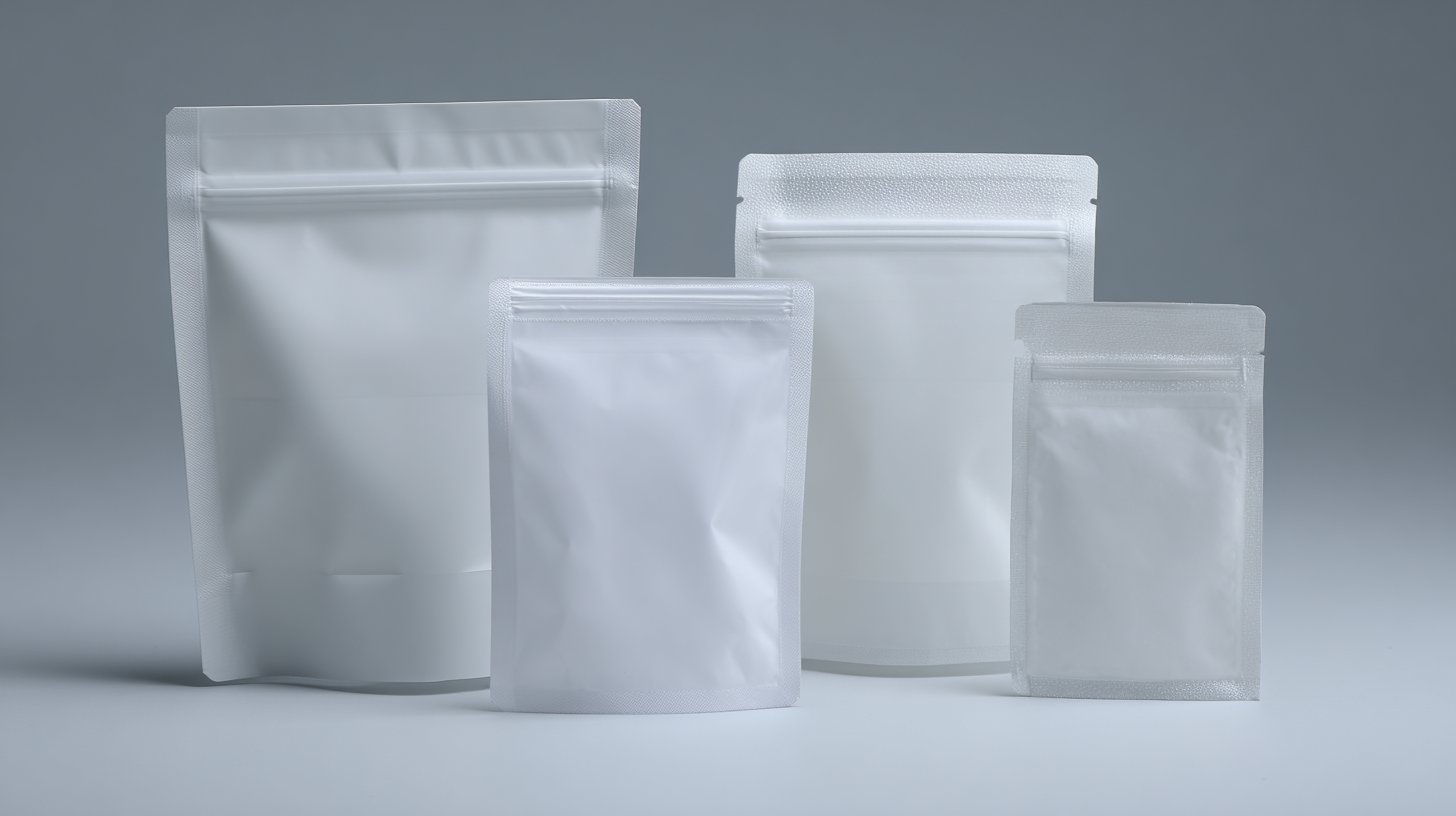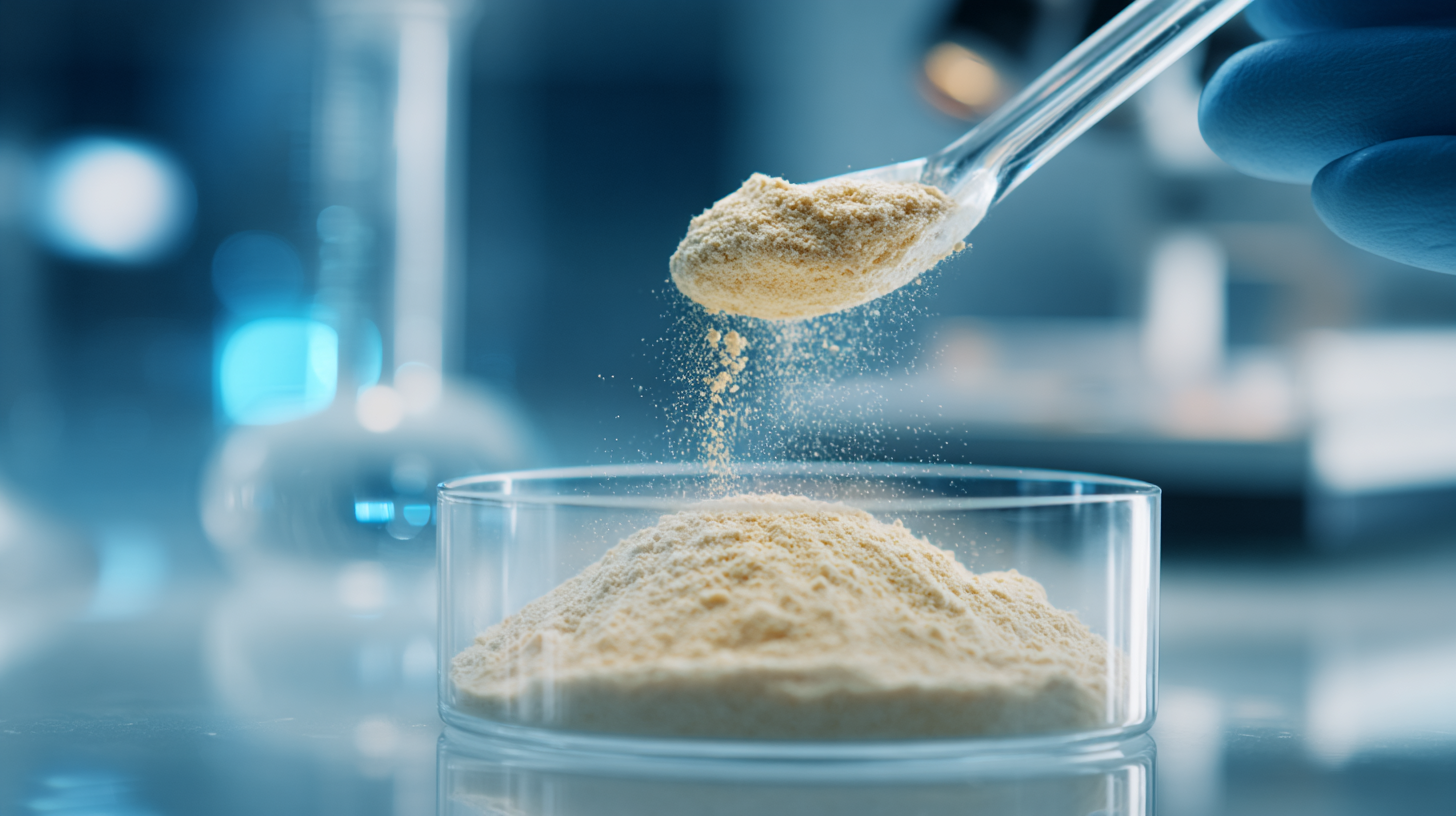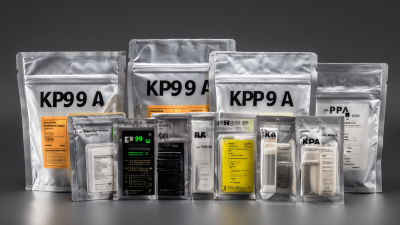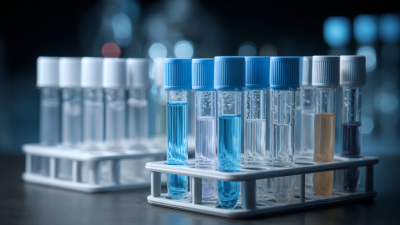 +86 178 5514 5298
+86 178 5514 5298
Leave Your Message
-
 CONTACT NUMBER
CONTACT NUMBER -
 CONTACT NUMBER
CONTACT NUMBER -
 CONTACT NUMBER
CONTACT NUMBER



In the realm of food preservation, the evolution of packaging technology has reached new heights, particularly with the advent of Absorbent Pouch technology. This innovative solution addresses a critical issue in the food industry—moisture control. According to a report by Transparency Market Research, the global food packaging market is expected to reach $500 billion by 2025, driven by consumer demand for fresher products and longer shelf life. The Absorbent Pouch, designed to effectively absorb moisture and reduce the risk of spoilage, has emerged as a game-changer in maintaining product integrity. In fact, studies indicate that utilizing absorbent materials can prolong the freshness of perishable goods by up to 50%. As businesses strive to enhance product quality and reduce waste, understanding the science behind Absorbent Pouch technology is imperative for anyone looking to revolutionize their packaging approach and cater to the modern consumer's needs.

Absorbent pouch technology is at the forefront of innovative packaging solutions designed to enhance product freshness and extend shelf life. This technology employs specialized materials that absorb excess moisture, preventing spoilage and degradation. According to a report by Smithers Pira, the global market for moisture-absorbing packaging is projected to reach $4.3 billion by 2025, driven by increasing consumer demand for fresher products across the food and pharmaceutical sectors.
The scientific principles behind absorbent pouches hinge on hygroscopic materials that attract and trap moisture molecules. These pouches often contain silica gel, activated charcoal, or organic desiccants that minimize the water vapor inside packaging. Studies have shown that using these pouches can reduce spoilage rates by up to 30% in perishable goods, significantly impacting the overall quality and safety of food products. In controlled environments, products packaged with absorbent technology have demonstrated a marked improvement in sensory attributes such as texture and flavor retention, highlighting the critical role of moisture control in quality preservation.
Moisture control plays a crucial role in preserving food freshness, as excessive moisture can lead to spoilage and loss of quality. Traditional packaging methods often fail to address the dynamic nature of moisture within stored food items, resulting in an environment conducive to microbial growth and degradation. The development of absorbent pouch technology has emerged as a revolutionary solution in this context. These pouches are filled with specialized materials that actively absorb excess moisture, creating an optimal low-humidity environment that inhibits the growth of bacteria, mold, and other spoilage agents.
In addition to enhancing food safety, absorbent pouches also help maintain the sensory qualities of perishable items. By effectively controlling moisture levels, they ensure that products retain their flavor, texture, and nutritional value for a longer period. This technology is particularly beneficial in the packaging of fresh produce, meat, and baked goods, where moisture fluctuations can significantly impact quality. As the food industry increasingly recognizes the importance of innovative moisture management solutions, absorbent pouch technology is set to revolutionize packaging practices, ultimately leading to reduced food waste and improved consumer satisfaction.
| Packaging Type | Moisture Absorption Capacity (%) | Average Freshness Duration (Days) | Recommended Applications |
|---|---|---|---|
| Silica Gel Pouch | 30 | 20 | Snacks, Dry Fruits |
| Clay Absorbent Pouch | 25 | 15 | Herbs, Spices |
| Activated Carbon Pouch | 20 | 18 | Meat, Seafood |
| Breathable Membrane Pouch | 15 | 25 | Fruits, Vegetables |
| Nano-Composite Pouch | 35 | 30 | Baked Goods, Cheeses |
 The development of absorbent pouch technology represents a significant advancement in food preservation. These pouches are designed to regulate moisture levels within packaged goods, keeping products fresher for longer. At the heart of this innovation lies a combination of innovative materials that enhance the functionality of these pouches.
The development of absorbent pouch technology represents a significant advancement in food preservation. These pouches are designed to regulate moisture levels within packaged goods, keeping products fresher for longer. At the heart of this innovation lies a combination of innovative materials that enhance the functionality of these pouches.
Key materials used in absorbent pouches include superabsorbent polymers (SAPs) and natural fibers. SAPs can absorb and retain large quantities of moisture, effectively pulling excess humidity from the environment surrounding the food products. This action helps prevent spoilage and extends shelf life. Additionally, natural fibers such as cellulose or plant-derived materials are integrated into the pouches for their biodegradability, reinforcing sustainability while maintaining exceptional moisture control.
Moreover, the incorporation of antimicrobial agents into the pouch material adds another layer of protection against spoilage. These agents help inhibit the growth of bacteria and mold, further ensuring the freshness of the contents. Altogether, the innovative materials and technologies used in absorbent pouches exemplify a concerted effort to transform food packaging, enhancing both longevity and quality in a sustainable manner.
Recent advancements in packaging technology have prominently highlighted the comparative benefits of absorbent pouches over traditional packaging methods. Studies indicate that absorbent pouches can extend the shelf life of perishable goods by up to 50%. This is largely due to their superior moisture control capabilities, which help inhibit microbial growth and reduce spoilage. The National Institute of Health reports that moisture is a leading cause of food degradation, making the deployment of absorbent materials not only a practical innovation but a vital necessity for maintaining food quality.

In contrast, traditional packaging methods such as plastic wraps or cardboard can often lead to an accumulation of moisture, which creates a breeding ground for bacteria. According to the Food Safety and Inspection Service, improper moisture management in food packaging contributes to approximately 30% of food waste. By utilizing absorbent pouches, companies can significantly reduce waste and improve product freshness. Industry analyses show that brands employing absorbent technologies report a 20% reduction in returns due to spoilage, showcasing the clear advantages of this innovative packaging solution compared to conventional alternatives.
The food industry has undergone significant transformations with the introduction of absorbent pouch technology, which plays a critical role in preserving freshness and extending shelf life. These innovative pouches are designed to absorb excess moisture and ethylene gas, two primary culprits that accelerate spoilage.
As a result, produce, meats, and baked goods can maintain their quality for longer periods, reducing waste and enhancing consumer satisfaction.
Real-world applications of absorbent pouches are increasingly visible in supermarkets and food supply chains. Fresh fruits and vegetables placed in absorbent pouches exhibit extended freshness, allowing them to remain viable for several days longer than traditionally packaged items. Moreover, in the meat industry, these pouches help reduce the drip loss often associated with vacuum-packed meats, ensuring that consumers receive products that not only taste better but also possess superior texture.
The integration of absorbent pouch technology in these sectors exemplifies a practical innovation that supports sustainability and drives efficiency in food handling and distribution.






